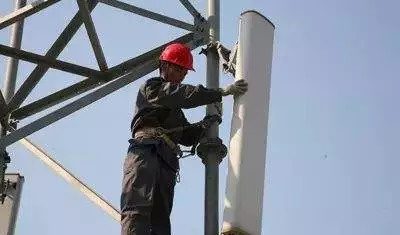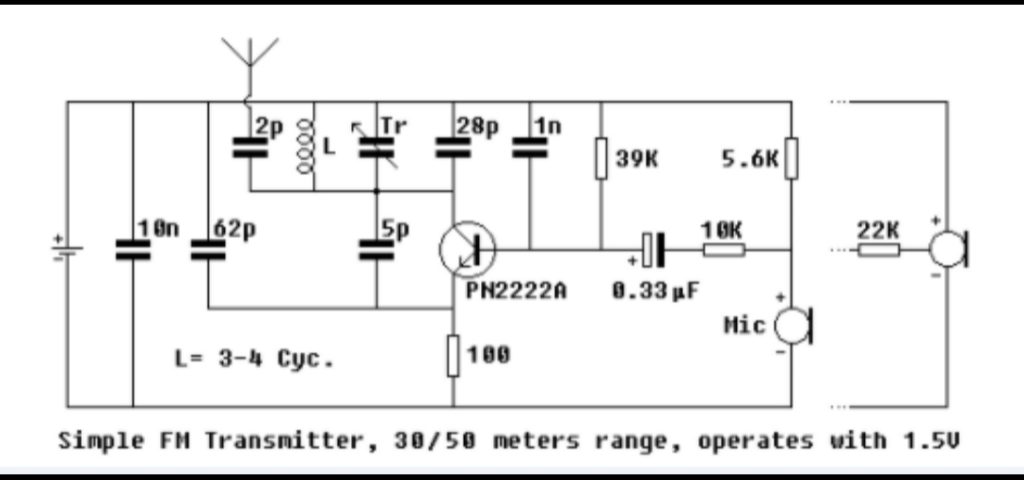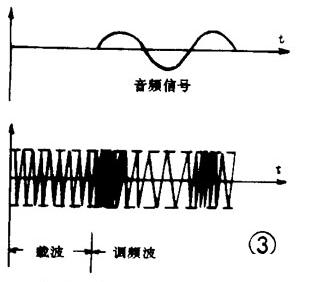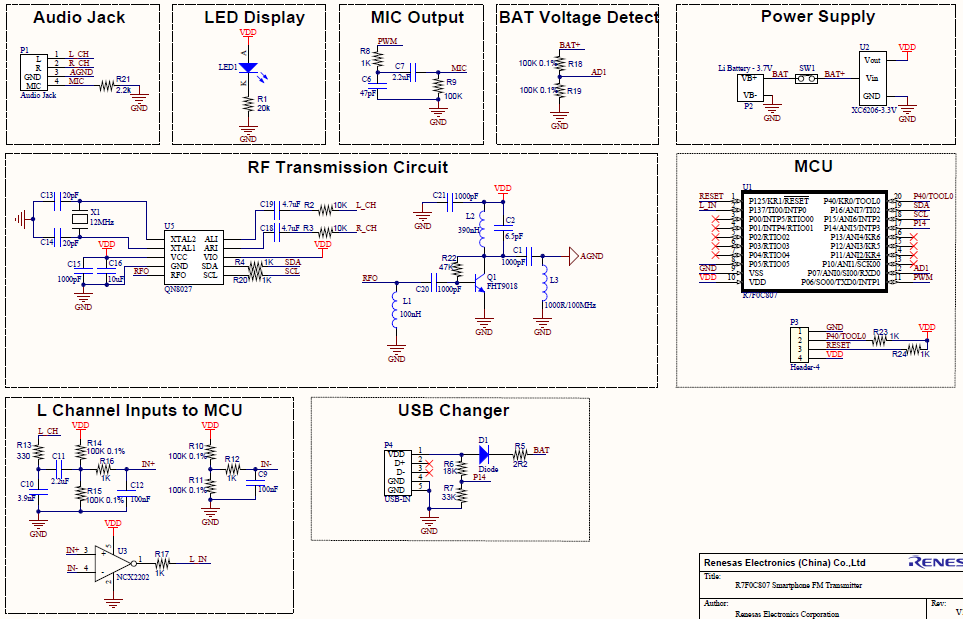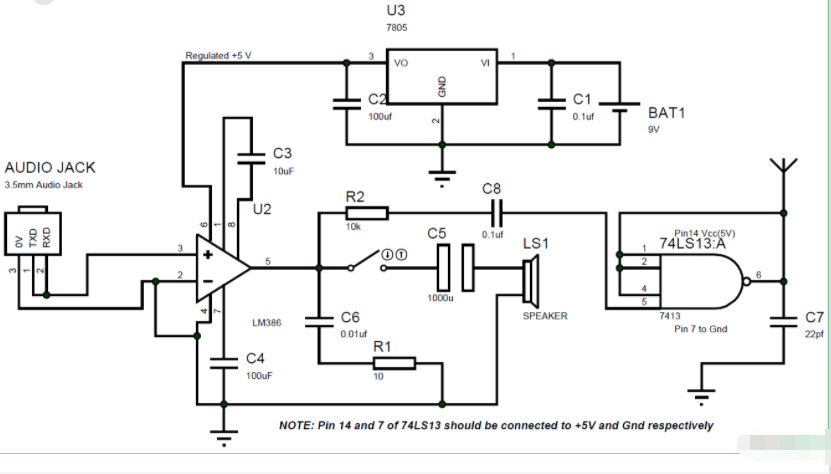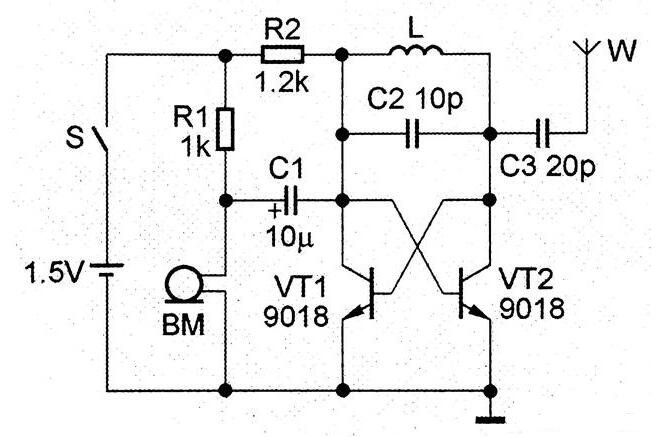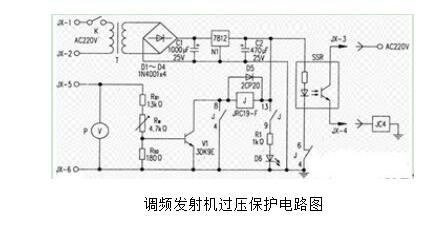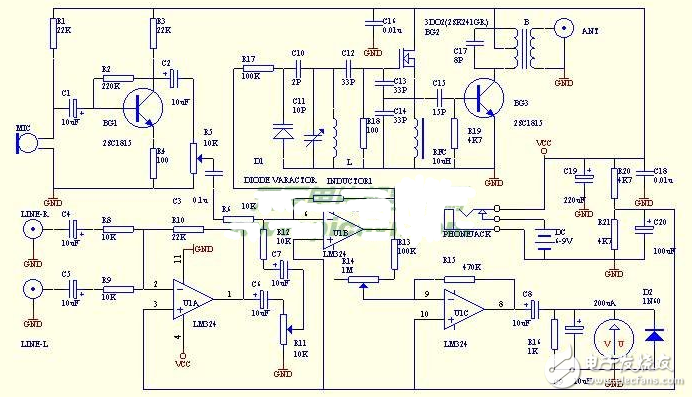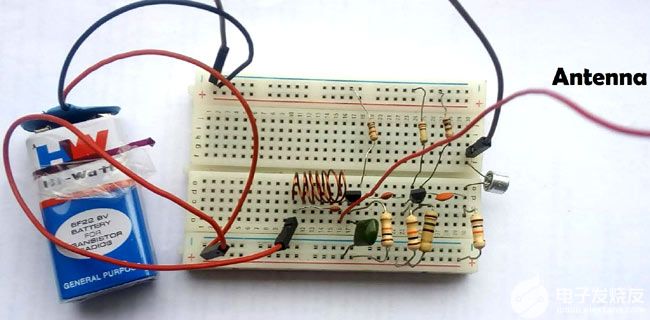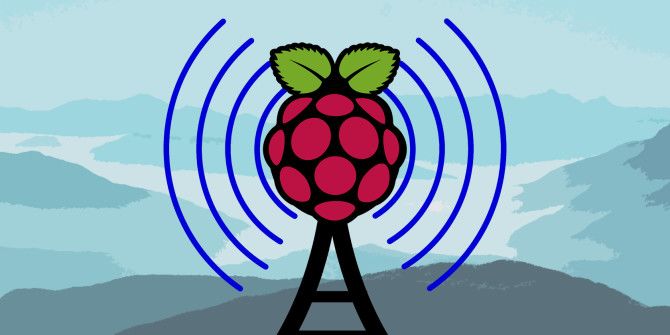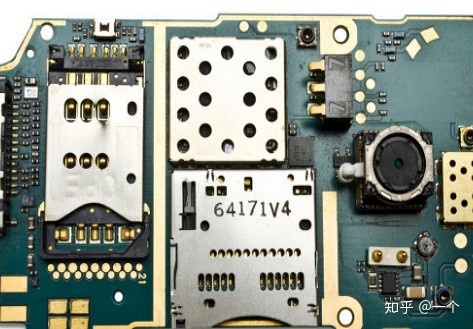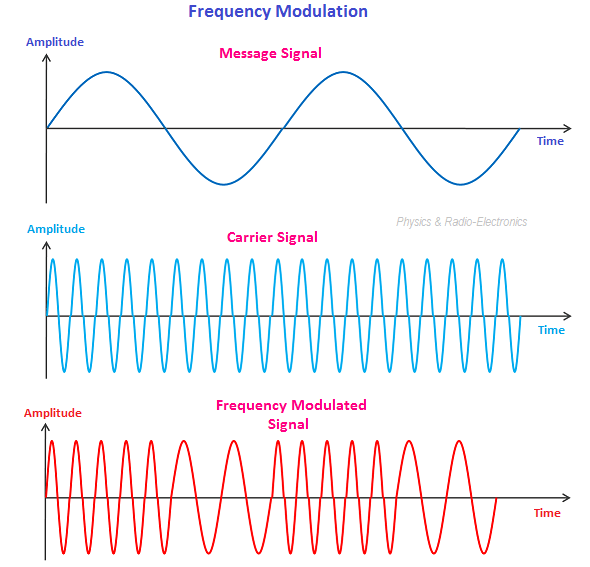Introduction:
Television transmitters and radio receivers are both important components of the broadcasting system, serving different but complementary functions in the transmission of television signals. The television transmitter is responsible for transmitting television signals, while the radio receiver is responsible for receiving television signals. Understanding the differences between these two devices is crucial for anyone who wants to better understand the broadcast system.
Television Transmitter:
A television transmitter is a device that is used to send television signals. It typically consists of several components, including a camera, a video signal processor, a frequency modulator, a power amplifier, and an antenna. The video signal captured by the camera is processed and then sent by the transmitter to the antenna. The antenna then transmits the television signal into the air, where it can be received by the radio receiver.
One of the most important components of a television transmitter is the frequency modulator. This component is responsible for converting the video signal into a radio frequency signal that can be transmitted by the antenna. The frequency modulator also ensures that the television signal is transmitted on a specific frequency, which is assigned by the regulatory authorities.
Another important component of a television transmitter is the power amplifier. This component is responsible for increasing the power of the television signal before it is transmitted by the antenna. This is necessary because the television signal must travel a great distance from the transmitter to the receiver, and the power of the signal must be increased to ensure that it can be received by the radio receiver.
Radio Receiver:
A radio receiver is a device that is used to receive television signals. It typically consists of a receiver, an antenna, a frequency demodulator, and a video signal processor. When the television signal transmitted by the television transmitter is received by the radio receiver, it is processed by the frequency demodulator. This component is responsible for converting the radio frequency signal into a video signal that can be displayed on the television screen.
The antenna is another important component of the radio receiver. This component is responsible for capturing the television signal transmitted by the television transmitter. The antenna must be positioned and directed towards the television transmitter in order to receive the television signal.
Finally, the video signal processor is responsible for processing the video signal after it has been received by the radio receiver. This component is responsible for adjusting the contrast, brightness, and color of the television signal, so that it can be displayed on the television screen.
Differences:
Functionality: The television transmitter is responsible for transmitting television signals, while the radio receiver is responsible for receiving television signals.
Components: The television transmitter typically consists of a camera, a video signal processor, a frequency modulator, a power amplifier, and an antenna. The radio receiver typically consists of a receiver, an antenna, a frequency demodulator, and a video signal processor.
Purpose: The purpose of the television transmitter is to transmit television signals, while the purpose of the radio receiver is to receive television signals.
Transmission and reception: The television transmitter transmits television signals, while the radio receiver receives television signals.
Conclusion:
In conclusion, television transmitters and radio receivers are both important components of the broadcast system, serving different but complementary functions in the transmission of television signals. Understanding the differences between these two devices is crucial for anyone who wants to better understand the broadcast system.
